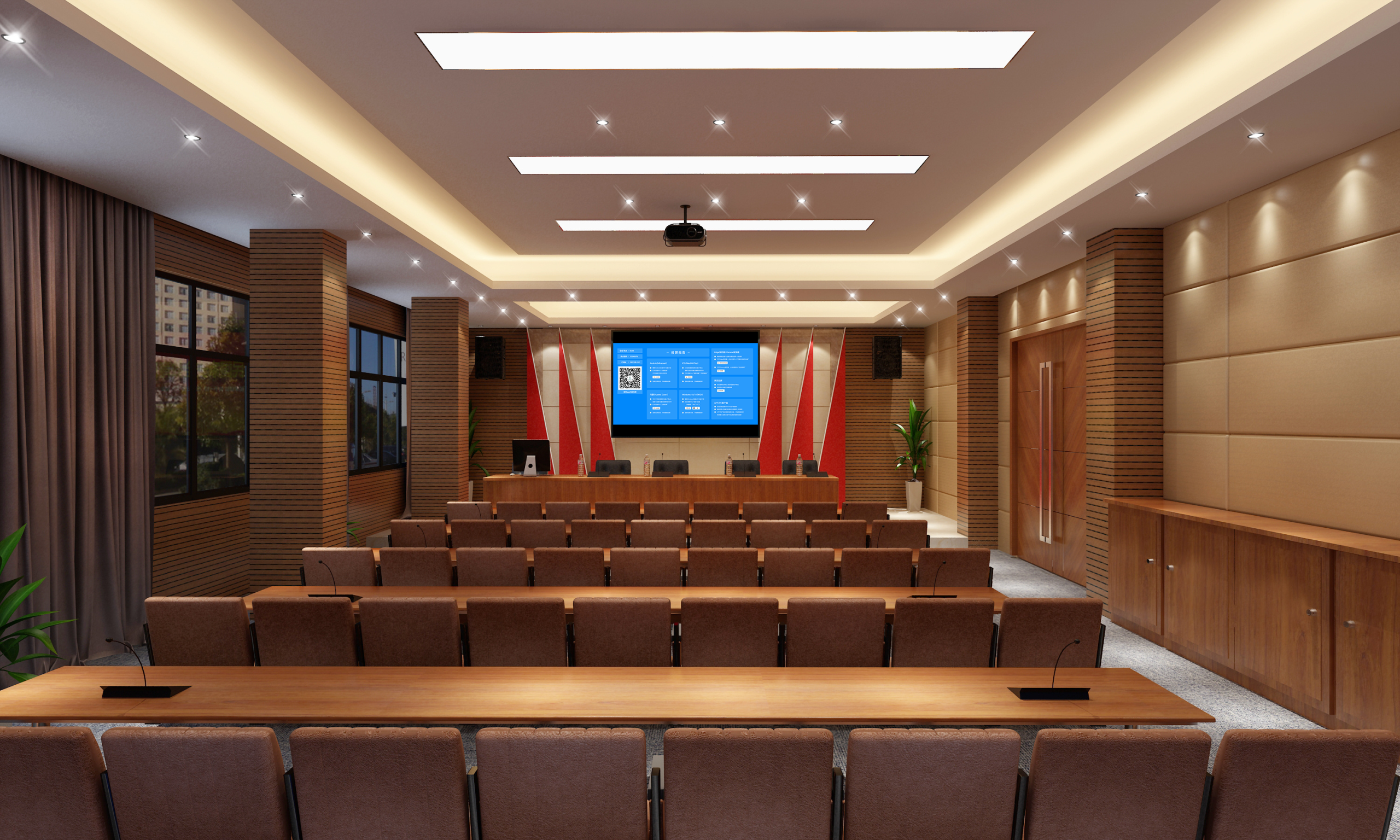DLNA: A Powerful Tool for Cross-Device Media Sharing
Based on a universal media sharing protocol, DLNA focuses on the wireless pushing of audio, video, images, and documents across devices. It doesn’t mirror the entire screen. With its core features of a simple connection, fast transfer, and wide compatibility, it covers scenarios like home, office, and education, making media content delivery more effortless.
Universal Device Compatibility, Zero Connection Barriers
It’s deeply compatible with Android/iOS phones, Windows/macOS computers, and tablets, as well as smart TVs, meeting screens, and projectors, with a compatibility rate of over 90%. All devices must be on the same Wi-Fi network. The sending device will automatically find the DLNA receiver, and you can push content with one click. The transfer is completed in 3 seconds, with no app installation required, so it’s easy for anyone to use.
Targeted Pushing, a More Flexible Experience
It supports the precise delivery of content in multiple formats and doesn’t take over the screen of the sending device:
- Clear and Stable: Videos support 1080P Full HD pushing, with smooth playback and no lagging. Documents are automatically adapted to the screen size, with clear text and a neat layout.
- Free Background Operation: After you push content, your phone can be used for checking messages and your computer can be used for other work, with no effect on the content playing on the large display. Multitasking is more efficient.
- Multi-Device Collaboration: It supports “one-to-multi,” so a photo taken with a phone can be pushed to a TV and a tablet at the same time for multiple people to view.

In-Depth Applications for Real-Life Scenarios
- Home Entertainment: Sharing Warm Moments
- You can push a movie or photos from your phone to your TV, and the whole family can sit together and enjoy an immersive viewing experience. You can push music to a sound system to create a great audiovisual atmosphere in your home. When you’re spending time with your kids, you can mirror an educational cartoon and use your phone to remotely control playback and pause to explain things, making companionship more thoughtful.
- Office Meetings: Efficiently Delivering Core Content
- You can push a presentation or a report from your computer to a large meeting display, showing only the core content and protecting the privacy of your desktop. On-site materials taken with a phone and temporary documents can be pushed instantly, with no need to transfer them to a computer first. This makes meeting discussions more efficient and speeds up decision-making by 30%.
- Educational Aid: Enriching Classroom Content
- A teacher can push a lesson and an educational video from their computer to a projector. They can also use their phone at any time to add supplementary images and clips from a lab. Students can push their homework to a large display for the whole class to critique, which makes classroom interaction more lively.
Secure Management, Convenient Deployment
It supports a device whitelist to allow only authorized devices to push content, preventing unwanted interference. The receiver can be used just by being plugged into a large display, with no complex setup required. An administrator can remotely monitor a device’s status, which keeps maintenance costs low.
DLNA, with its focus on media sharing, easily solves the problem of cross-device content pushing with its advantages of “simplicity, flexibility, and stability,” and it adapts to a variety of everyday scenarios.